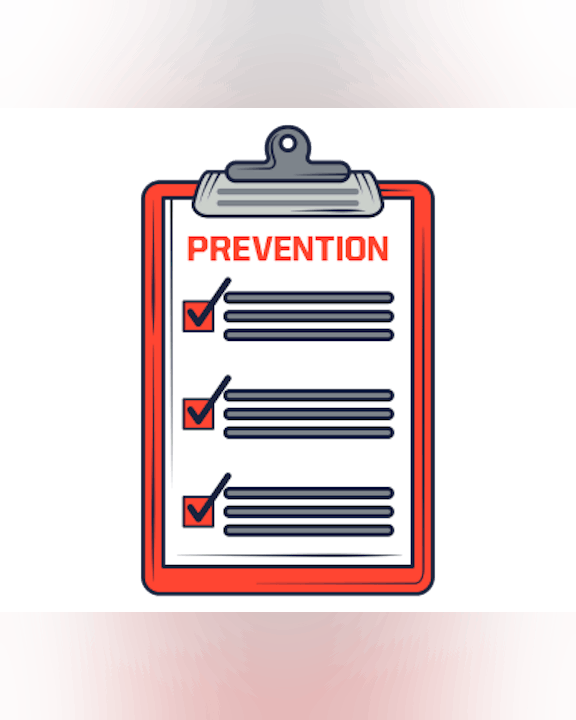Causes of Home Fires
Cooking is the #1 cause of residential fires in the United States.
The best way to prevent this from happening to you is to STAY ALERT. Staying in the kitchen and staying focused on your tasks is the best way to prevent a potentially devastating kitchen fire.
- Set timers before placing items in the oven or on the stove to cook.
- Keep your cooking area tidy and free of items that can burn (oven mitts, food packaging, towels, paper recipes, etc).
- Turn off burners if you have to leave the kitchen.
- Keep handles turned in towards the center of the stove so they can't accidentally be pulled off by a curious kiddo.
- Have the lid handy just in case of a small fire.
For more information, visit the NFPA Cooking Safety Page.
Common causes of outside fires include improperly discarded smoking material, fireworks, or spontaneous combustion of mulch or oil-soaked rags. Follow the links below to learn more.
Electricity in the home is a modern convenience and basic necessity. So it's critical everyone has a basic understanding of how to the reduce electrical-related risks. This checklist from the National Fire Protection Association (NFPA) provides a list of tips and best practices every household can use to help improve home electrical safety.
Electrical Safety ChecklistStop using the device or battery if you notice these problems: odor, change in color, too much heat, change in shape, leaking, or odd noises. If it is safe to do so, move the device away from anything that can catch fire. Call 9-1-1.
For more information, visit the NFPA's Electrical Home Fire Safety page.
According to the National Fire Protection Association (NFPA) Research division, U.S. fire departments responded to an annual estimated average 5,910 home structure fires started by candles. These fires cause an annual average of 74 civilian deaths and 558 civilian injuries, as well as $257 million in property damage.
- Do not leave candles burning unsupervised.
- Have flashlights and battery-powered lighting ready to use during a power outage. Never use candles.
- Three of every five candle fires start when things that can burn are too close to the candle. Do not place a candle on a cluttered surface, or less than 1 foot away from anything that can burn.
December is the peak month for home candle fires. Be careful around the holidays.
Dryers, space heaters, and other home appliances can pose a fire risk if not maintained or used correctly. Use the links below to read more safety information from the National Fire Protection Association (NFPA).
Dryer Safety TipsPortable Heater SafetyFor more information, visit the NFPA Safety with Heating Equipment page.
July is the peak month for grill fires in the United States.
BBQ Safety and Restrictions
